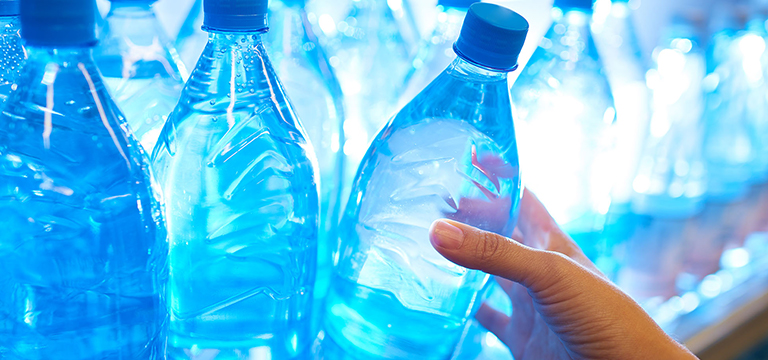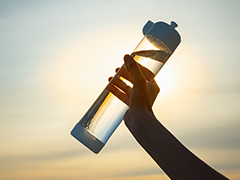Bottled Water vs. Tap Water: Which is Better?

Water is essential to both our survival and health, but what is the best way to drink it? Bottled water has become more popular the past few years due to its convenience and assumed better taste. However, many people are also concerned about bottled water’s possible environmental and health impacts. So here’s the million dollar question: Is bottled water or tap water better? Take a look at the pros and cons of each type.
Bottled Water
Bottled water comes from many different sources, including tap water and fresh spring water. While this type of water is usually safe to drink, it may contain microplastics, which can be harmful to your health. Microplastics can disrupt the production of hormones and cause inflammation. They also build up over time in the kidneys, liver and intestines.
Bottled water is not very environmentally friendly. The process of manufacturing and packaging the water requires a lot of energy. The plastic used to bottle the water releases toxins as it decomposes. This is dangerous when we think about how most one-time use water bottles end up in landfills and bodies of water. In fact, only about 20% of water bottles in the United States actually get recycled.
The taste of bottled water differs depending on the source of the water and packaging. Bottled water can also be carbonated or flavored to create unique tastes that appeal to some consumers.
The main draw to bottled water is convenience. You can find water bottles at almost any store, so they are easily accessible if you are on the run. However, bottled water is extremely expensive and costs nearly 2,000 times more than tap water.
Tap Water
Tap water, also known as municipal water, comes from wells, lakes and reservoirs. It passes through water treatment plants to remove any contaminants before reaching its destinations.
This type of water is generally very safe. The United States has one of the safest drinking water supplies in the world. The EPA also regulates public water sources by putting legal limits on contaminants. However, tap water’s safety can vary depending on certain factors like location, old plumbing and natural disasters. Some regions of the U.S. may have greater exposure to contaminants. In these areas, toxins may infiltrate the water and make it less safe to drink. In addition, old pipes can contaminate water with toxins, such as lead. Natural disasters can also temporarily expose water to certain contaminants.
Tap water has a much lower impact on the environment than bottled water. Unlike bottled water, tap does not need plastic or other disposable containers that are detrimental to the planet.
Overall, tap water tastes just as good as bottled water. While mineral content and the age of pipes can affect the taste, most people cannot tell the difference between the two types of water in blind taste tests.
Finally, tap water is both convenient and inexpensive. You can easily fill up a reusable water bottle or cup to stay hydrated at home or on the go. Tap water is also available in many public places, including restaurants and drinking fountains. This type of water is almost always free anywhere you go as well.
The Results
Which water is the winner? Overall, tap water is less apt to contain dangerous chemicals, like microplastics. It is also cheaper and better for the environment. That being said, tap tends to be the best choice in most circumstances. If you want to make sure that your tap water is safe to drink, try using a home filtration system to get rid of any contaminants that may be in the water supply. Fill up that reusable water bottle and stay hydrated!
If you have any concerns about your tap water supply, use our telehealth services to talk with a doctor who can help you find the best way to get access to safe water.

